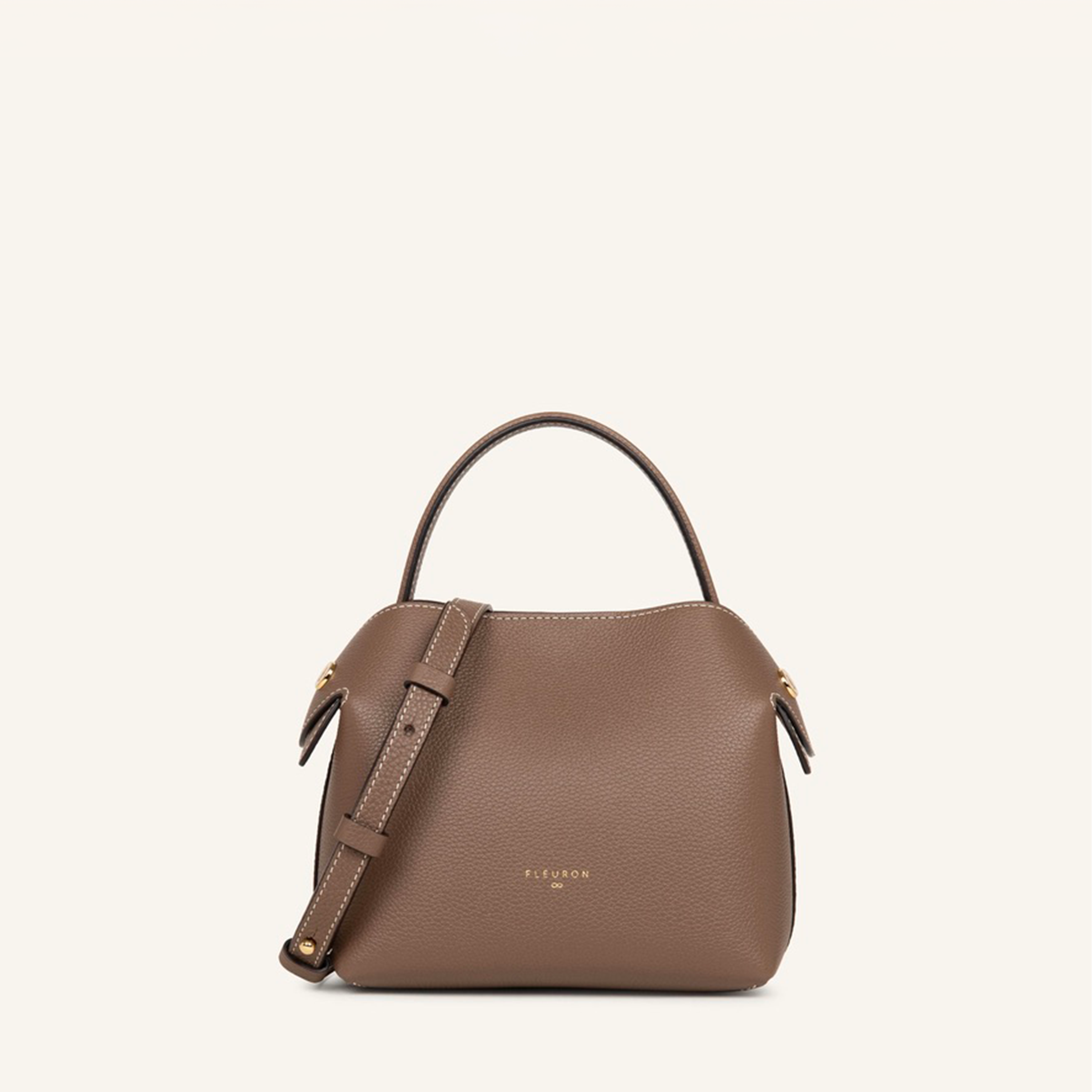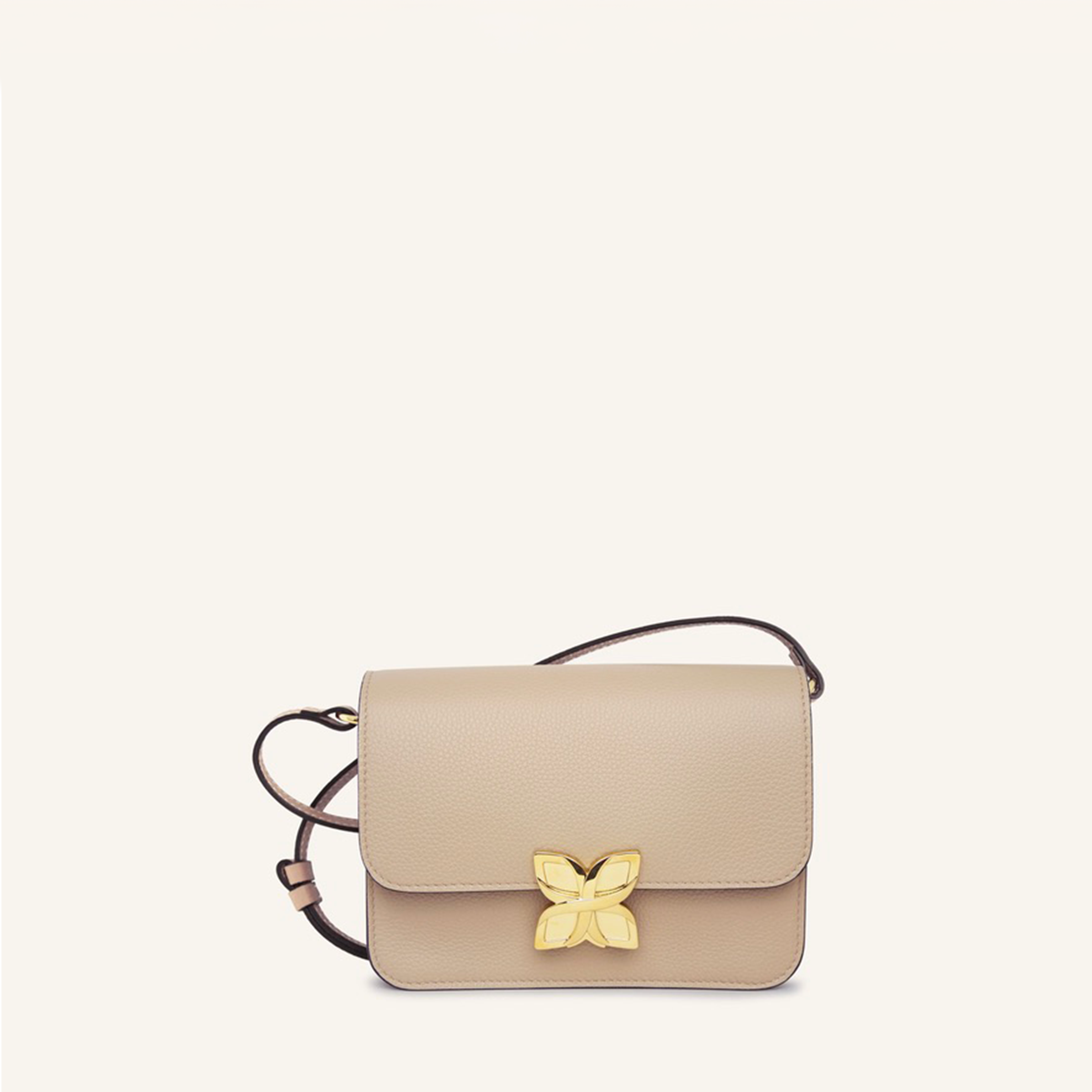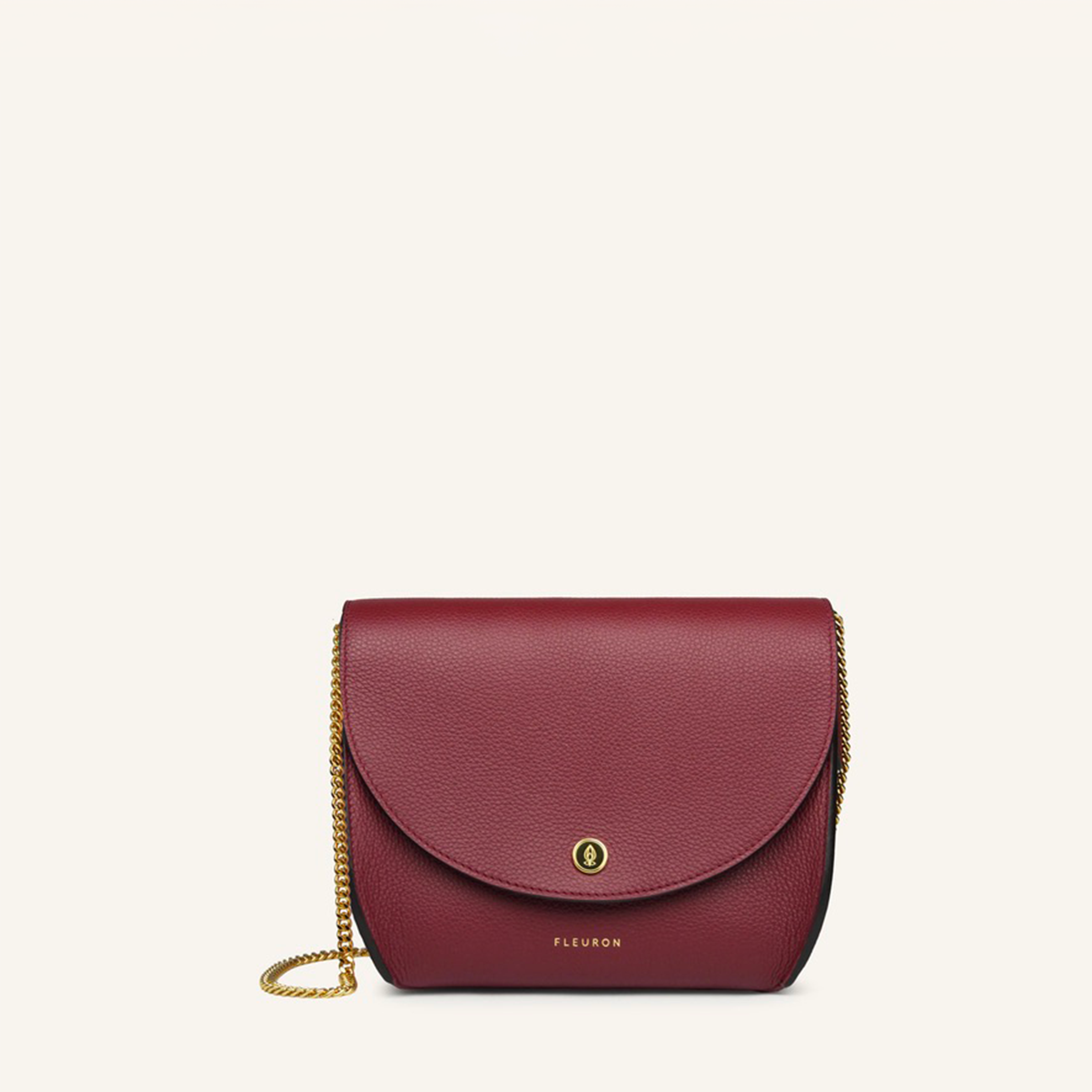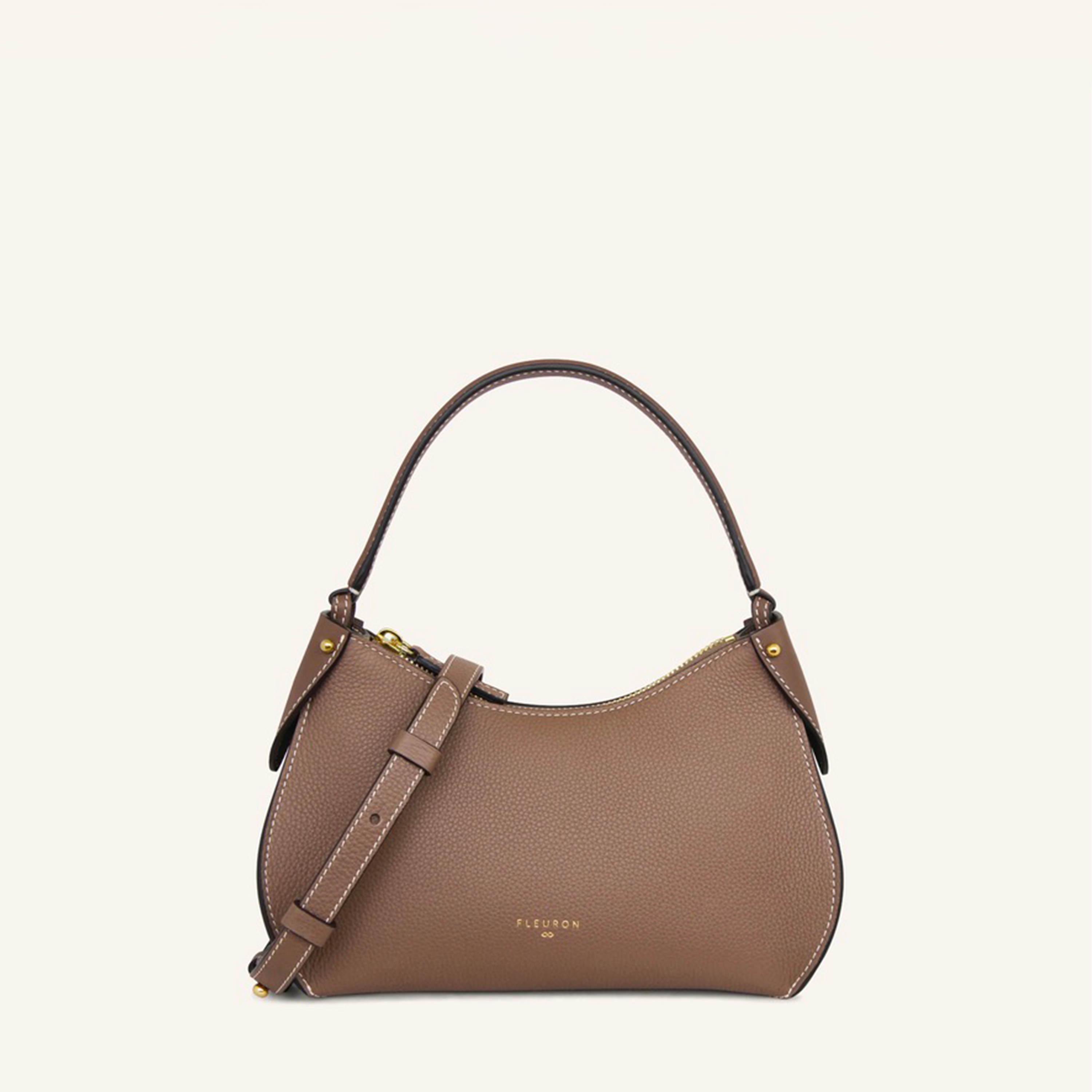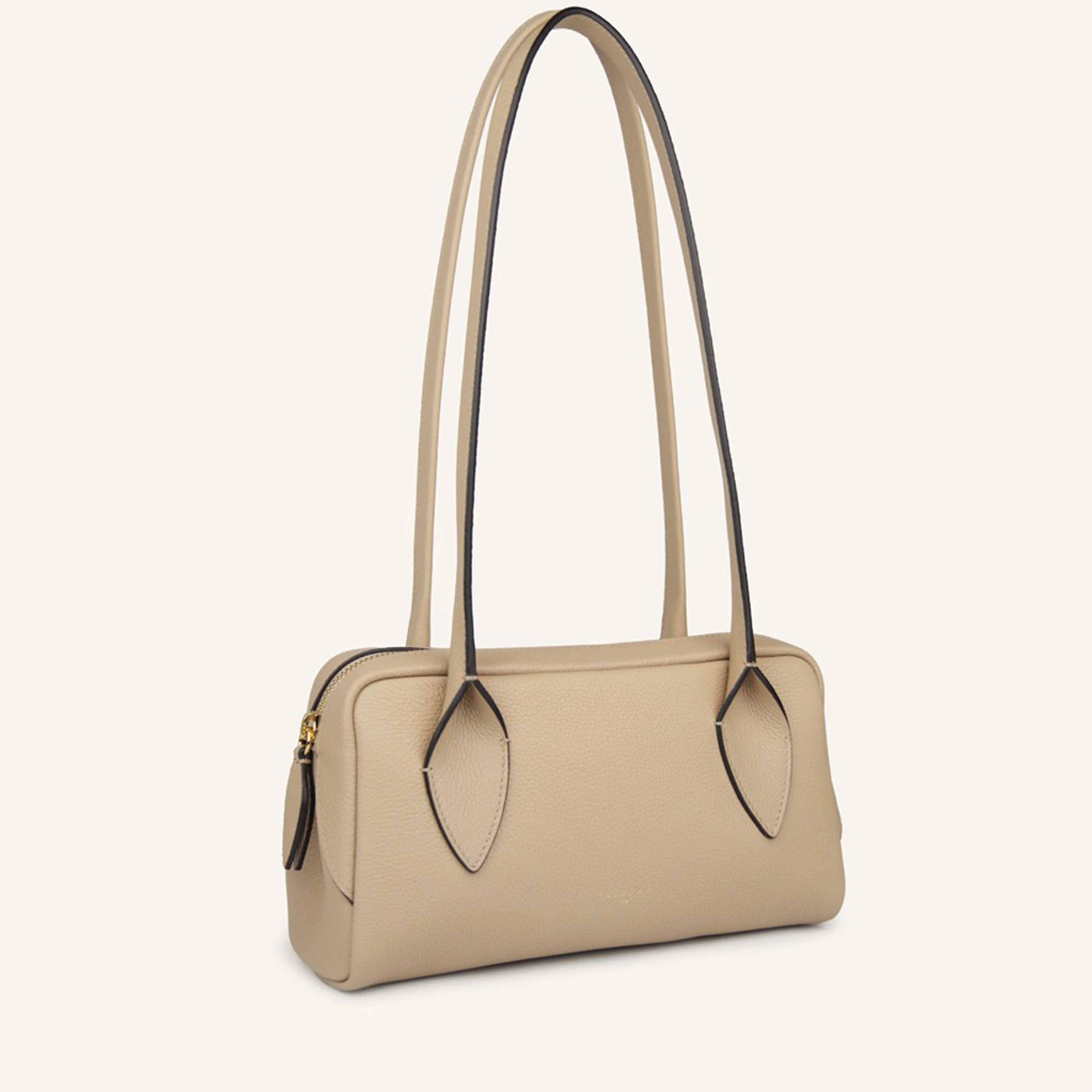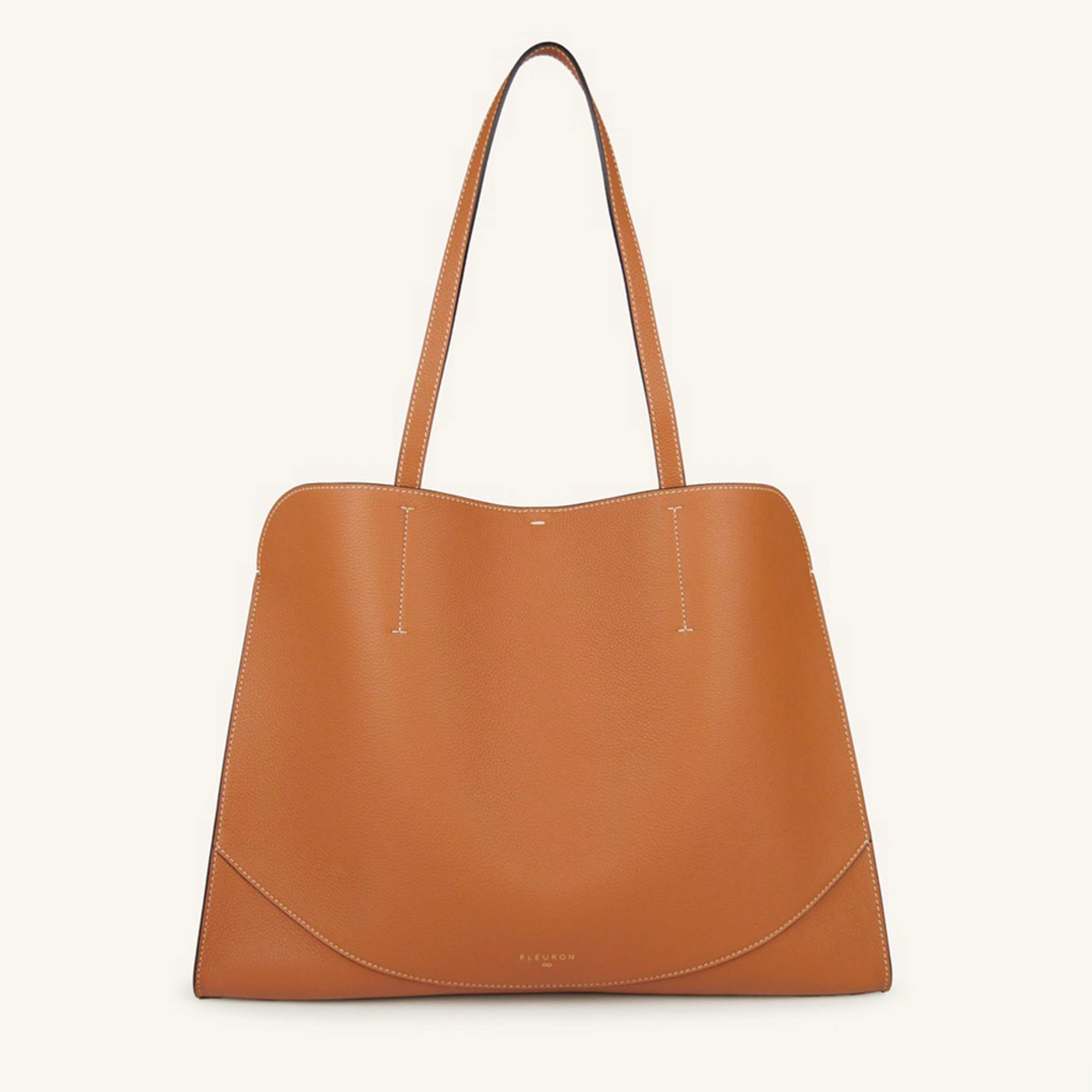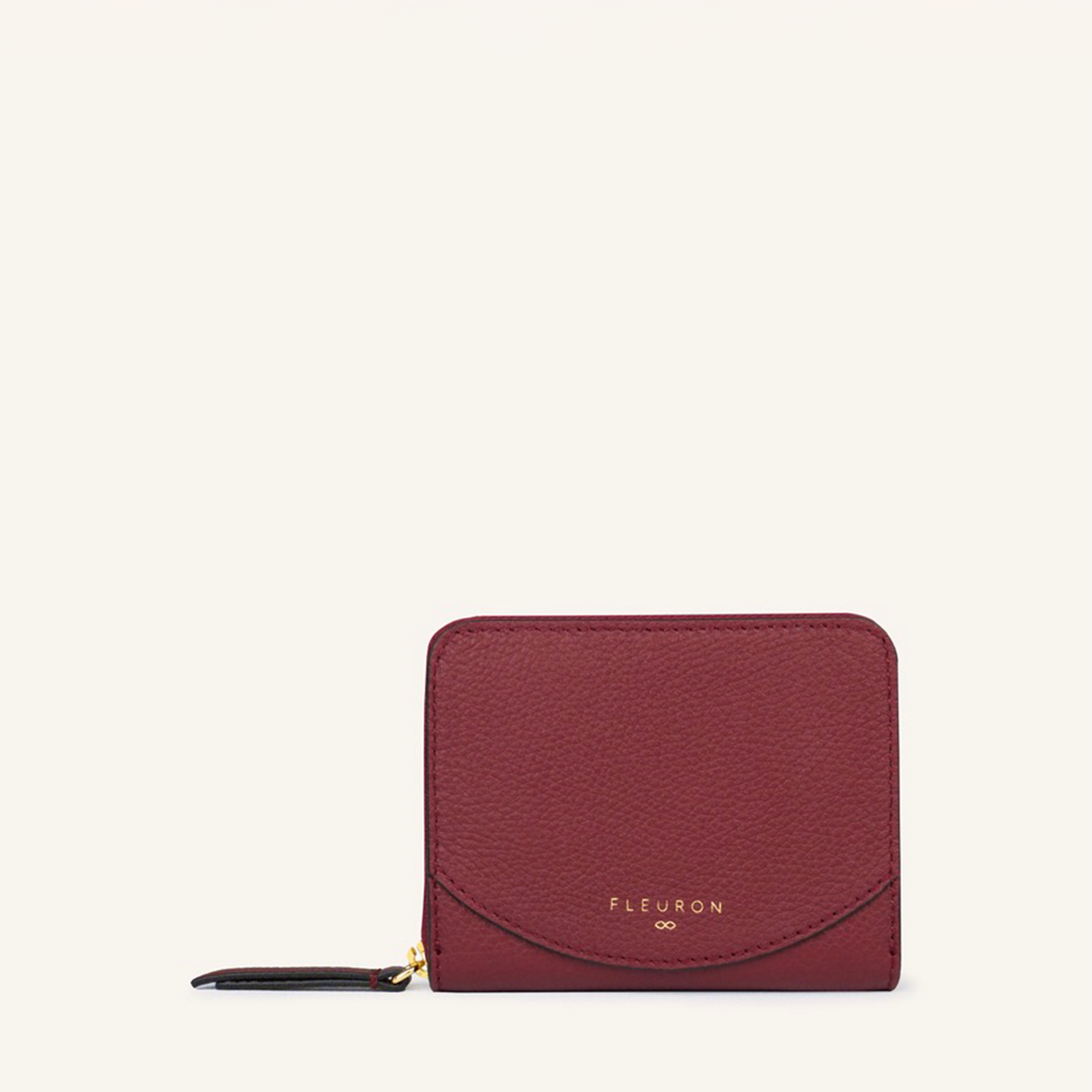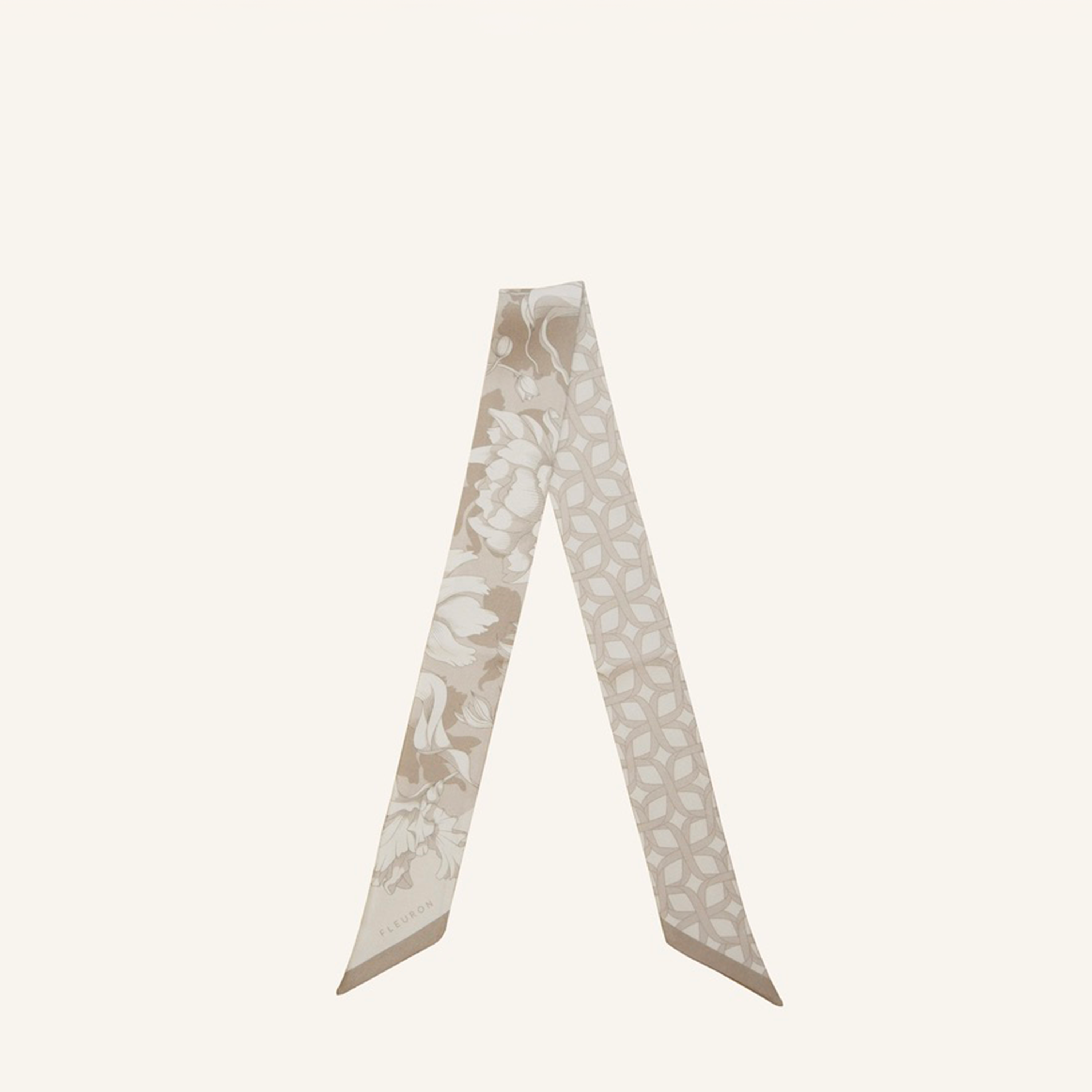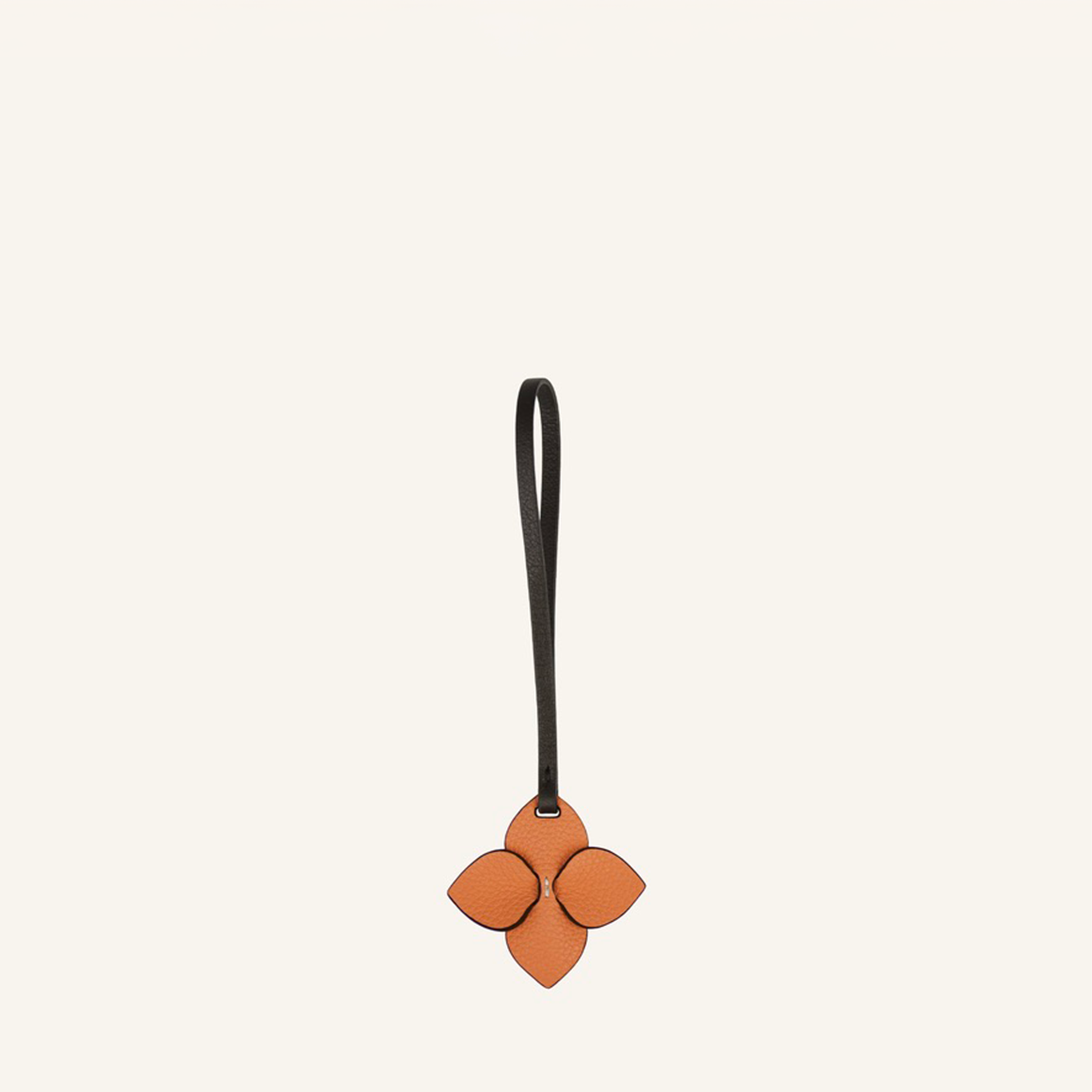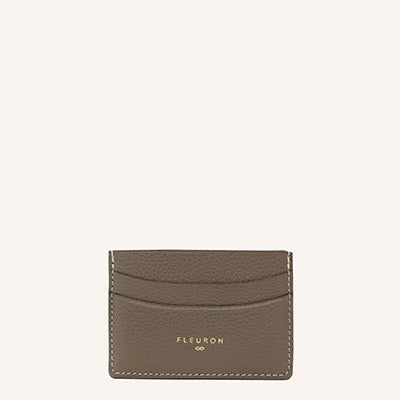Embarking on entrepreneurship and creating your brand is a lifelong project. Beyond personal and financial investment, each decision impacts the trajectory that a company will take. This is particularly the case with the choice of business model 1 from which the entire global strategy derives and which should therefore not be taken lightly! In e-commerce, there are two types of business models: direct-to-consumer (DTC) 2 and business-to-business (B2B) 3 , each with their advantages and disadvantages.
For Fleuron, a slow fashion house 4 of Haute Maroquinerie DNVB (Digital Native Vertical Brand) 5 created and sold exclusively on the internet, it was quite natural for us to turn to the DTC model which echoes our values and our commitment. In this model, we sell directly to the end customer, without having an intermediary (resellers, department stores, e-retail platform, etc.).
Direct-to-consumer, a simple trend or a solid business model?
- People at the center of DTC
The direct link with our customers is precious. For us, people are at the center. Creating a relationship with each of them and offering them an optimal customer experience is one of our most essential objectives and the main interest of DTC, which has been in vogue for several years. And the advantages of this model go far beyond…
- Brand image and control of the distribution network
Selling without an intermediary gives us the opportunity to have better control over our brand image and communications. An exclusive distribution network ensures that each sales channel corresponds to our image.
- Sell at the right price
Our desire has always been to offer our customers daring pieces with the most beautiful skins, the best quality, made by master leather workers in renowned workshops. All at an affordable price.
Offering our collection without an intermediary allows us to sell at the right price, thanks to a win-win approach for the customer and for us. We reduce our margins, which are lower than selling to an intermediary, but the customer pays the true value of the product. In B2B, the consumer pays a double margin: that of the brand and the intermediary, the final price is then higher. This is why it is possible to find the same product on sale, sometimes up to -50% at a reseller. At Fleuron, we opt for more transparency.
- Creative freedom and measured production
With a DTC circuit, we have the choice to enrich our collection at our own pace, to take the time to think and make what seems most appropriate to us. As a committed brand, we want to produce less but in a more virtuous way by limiting our stocks. Working with resellers requires fulfilling a large order volume and having adequate production capacity. It also sometimes means being dependent on a tight collection schedule, sometimes defined several years in advance.
Is business-to-business still adapted to today's challenges?
- Increased visibility and commercial power
Being present as a brand within reseller brands (online or physical) has many advantages. The commercial and communication strength, visibility and faster acquisition of customers in France internationally are the main ones, particularly in multi-brand stores such as Department Stores. This means less marketing budget for the brand which develops its notoriety more quickly.
- More profitable margins
The most convincing advantage of B2B is above all economic. Order volumes are sometimes in the order of hundreds or thousands of parts for the manufacturer and the margins are more attractive for everyone... Except for the end customer. The brand, for its part, does not have to worry about whether the products will be sold or not, since the purchased stock belongs to the intermediary company.
- Logistics managed by a third party
As an e-commerce brand, we had to put in place logistical procedures for the preparation and sending of our packages as well as customer service and after-sales. These logistics and costs are entirely managed by third-party resellers.
The choice of a business model depends of course on its profitability, but also and more than ever, on the values and vision of each brand. At Fleuron, we want to work for more sustainable fashion by producing less, but better. We have chosen timelessness rather than seasonality and long-term. Long time in the making and development of our house. Changing fashion and mentalities takes time, to evolve, perhaps towards a new hybrid model…
Lexicon :
1 : Business model: the economic model of a company
2 : Direct-to-consumer: translates to “directly to the consumer”
3 : Business-to-business: translates to “business to business”
4 : Slow fashion: in opposition to “fast fashion”, a model of mass and standardized production, the concept of “slow fashion” (“slow fashion”), promotes responsible manufacturing for the environment and respects human rights. the man. This movement works for more sustainable product quality and transparency in the value chain.
5 : DNVB (Digital Native Vertical Brand): translates to “vertical brand born on the internet”
